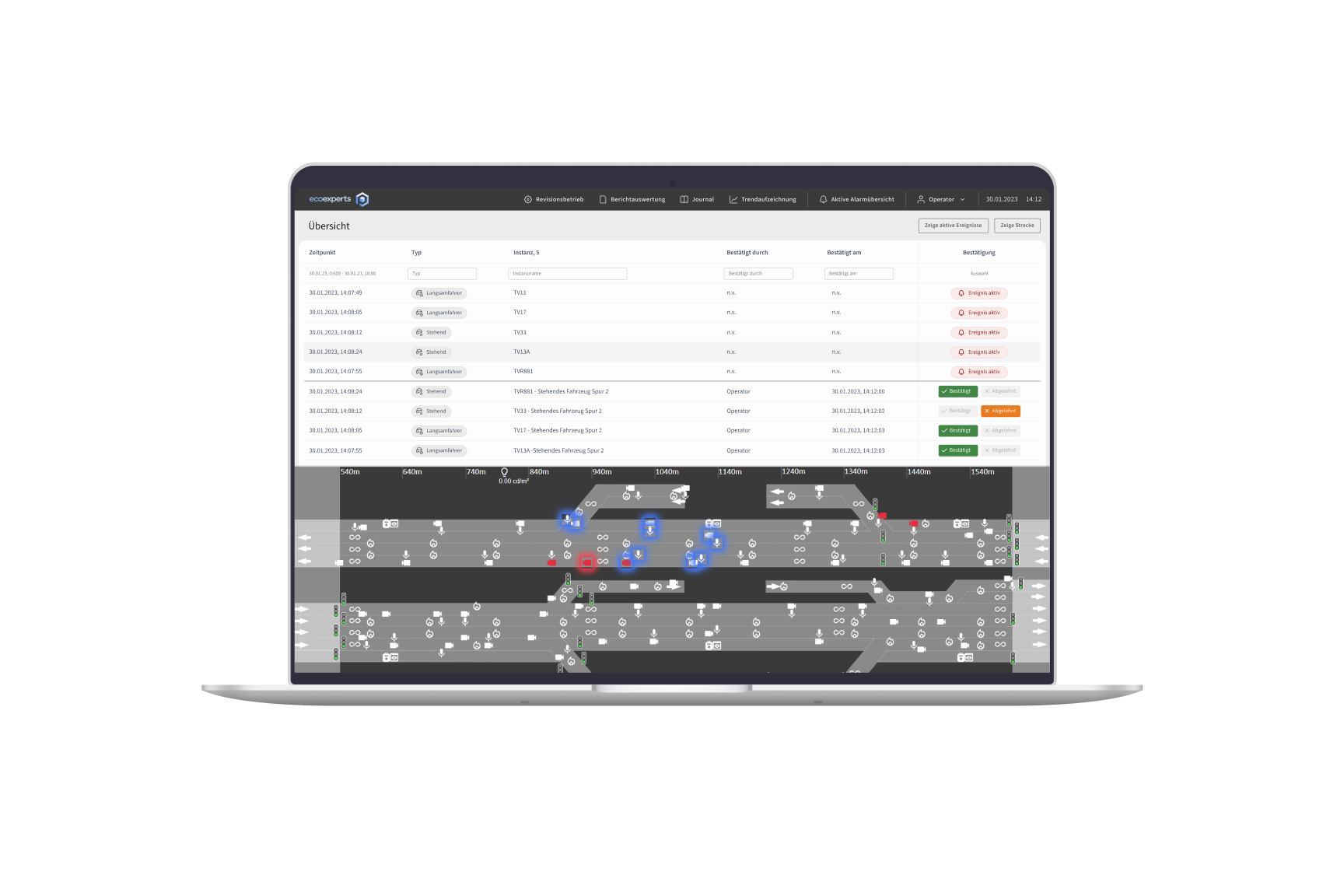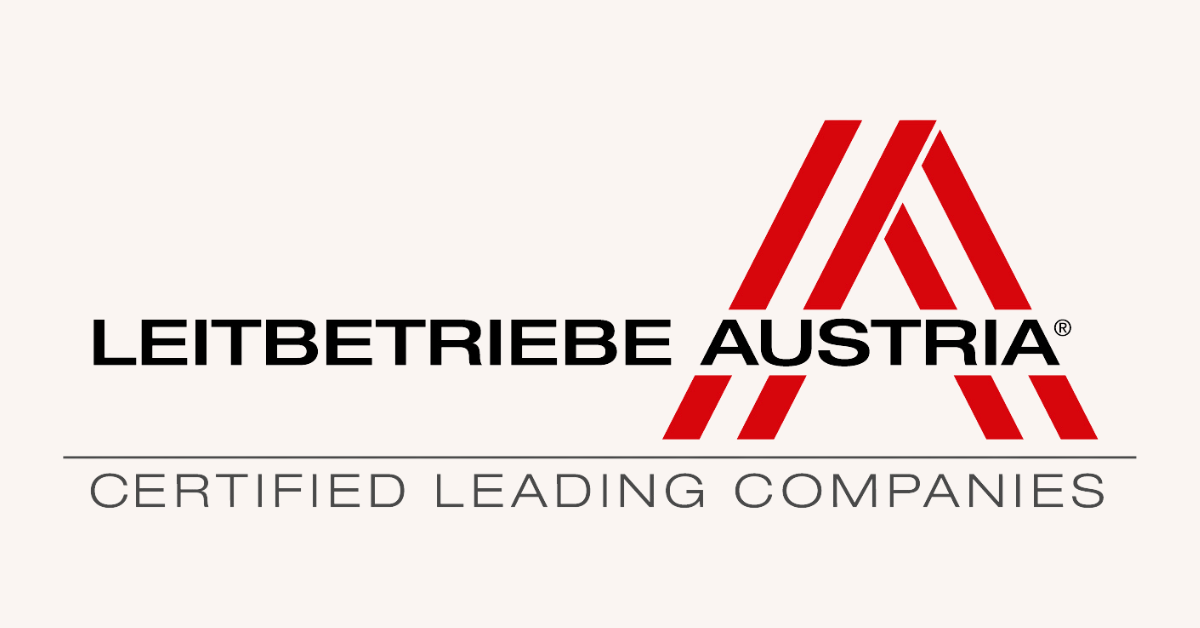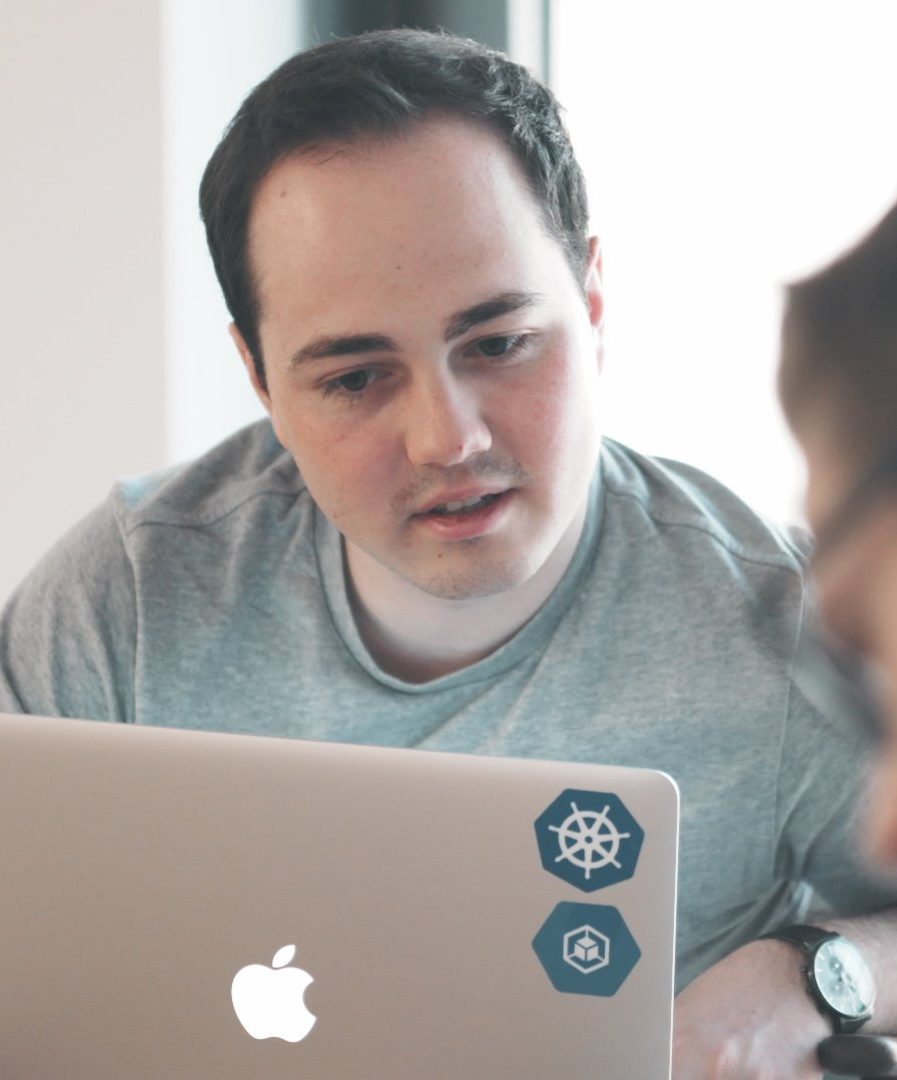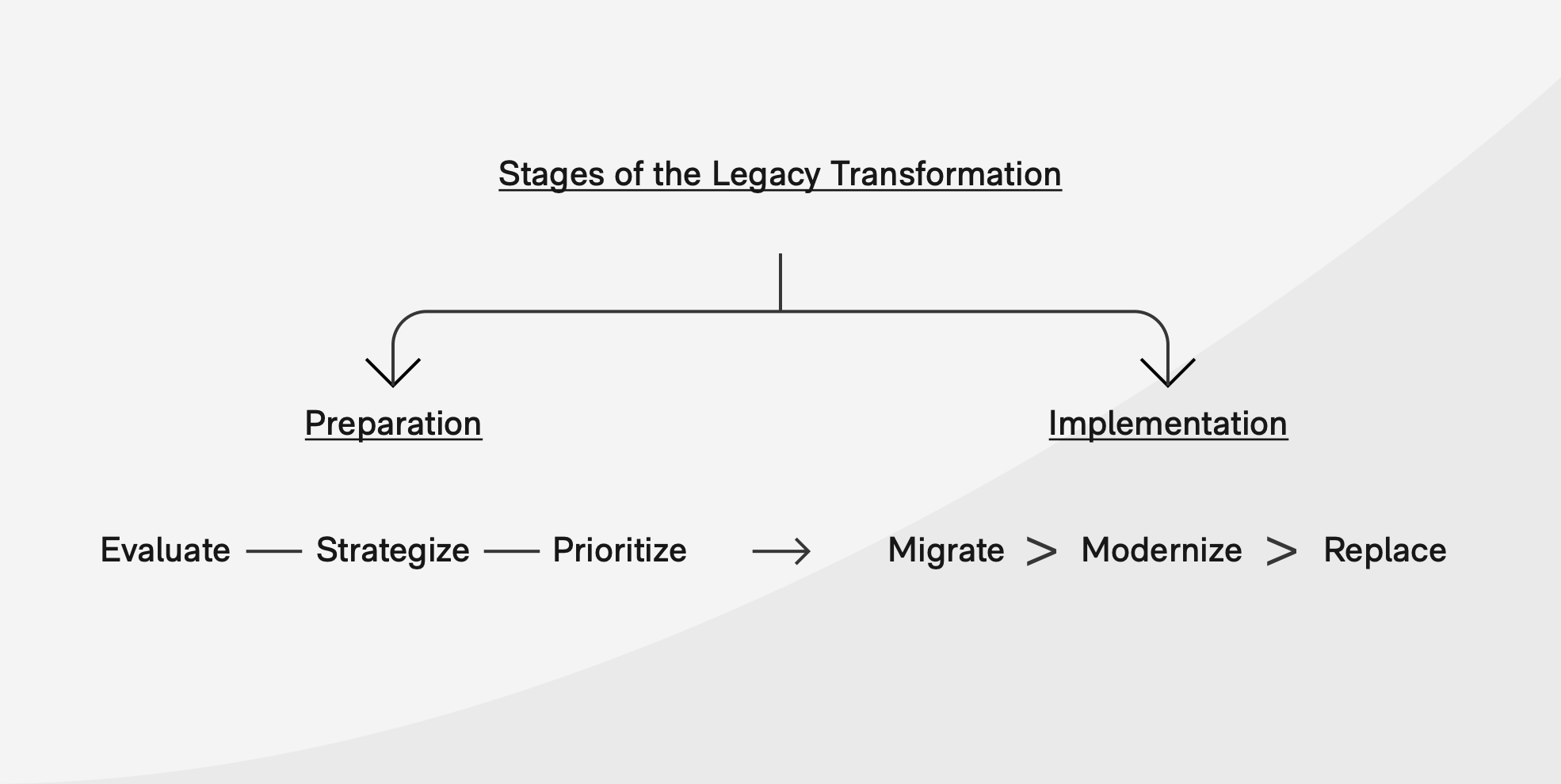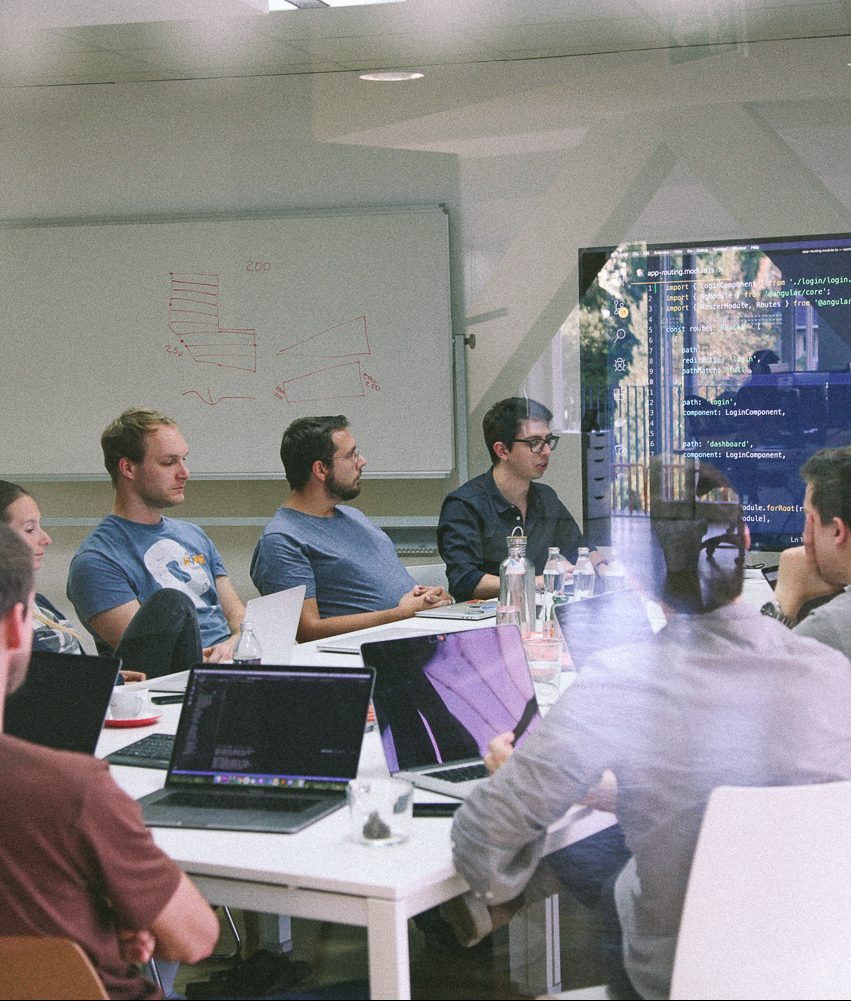From Desktop to the Web
Legacy System Migration, Modernization or Replacement?
Legacy systems are common bottlenecks and in order to stay in the game, companies are investing into their modernization. Here is everything you need to know.
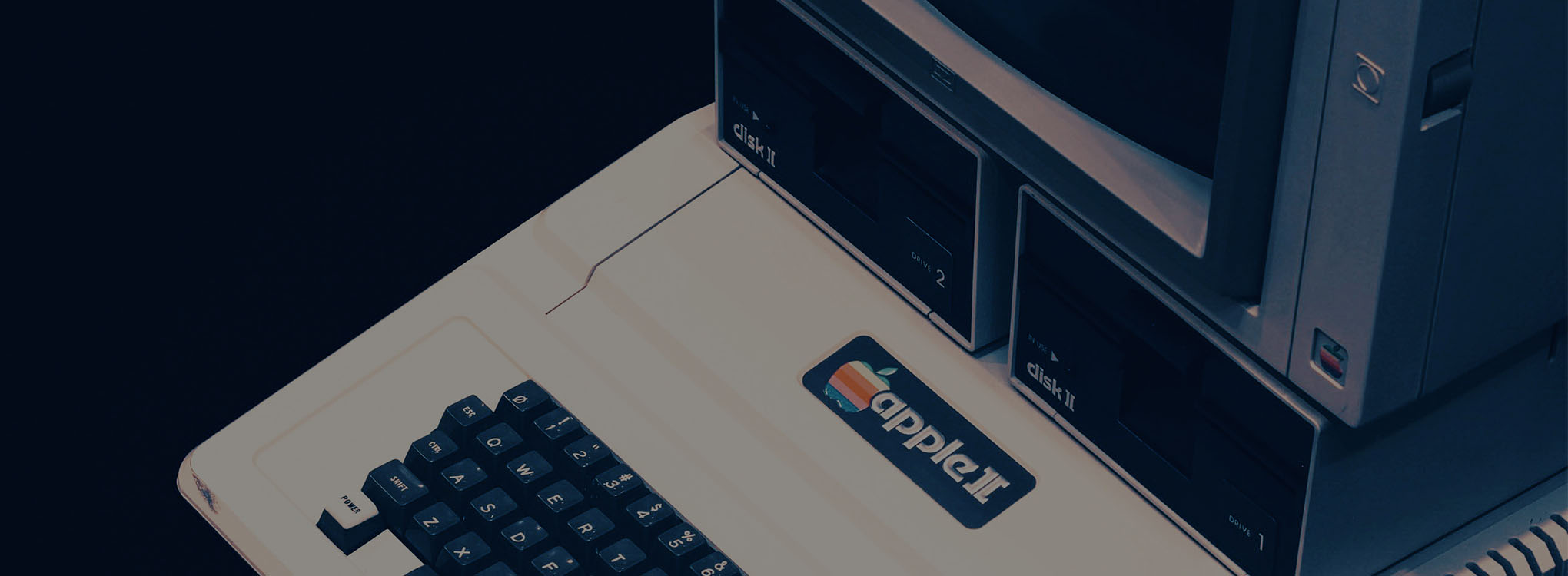
Our experience
Good news
Information and topics overview
definition
Legacy system modernization
How we are doing it
Benefits & advantages
Once you decide to invest time, money and effort into legacy modernization,
these are some of the benefits and improvements in your daily business you can expect.
Cost reduction (in the long run)
Improved compliance & security
Enhanced performance and reliability
Happier clients and employees
Competitive advantage and new business opportunities (SaaS)
A stable, future-proof business
Methods and strategies for technology modernization
Legacy systems are common business bottlenecks and in order to stay ahead,
companies are exploring adaptation possibilities and increasingly investing into
legacy modernization. Here are the 3 most common approaches.
Migration
Correction
Replacement
Some of the legacy systems
that we successfully
modernized, migrated and/or replaced
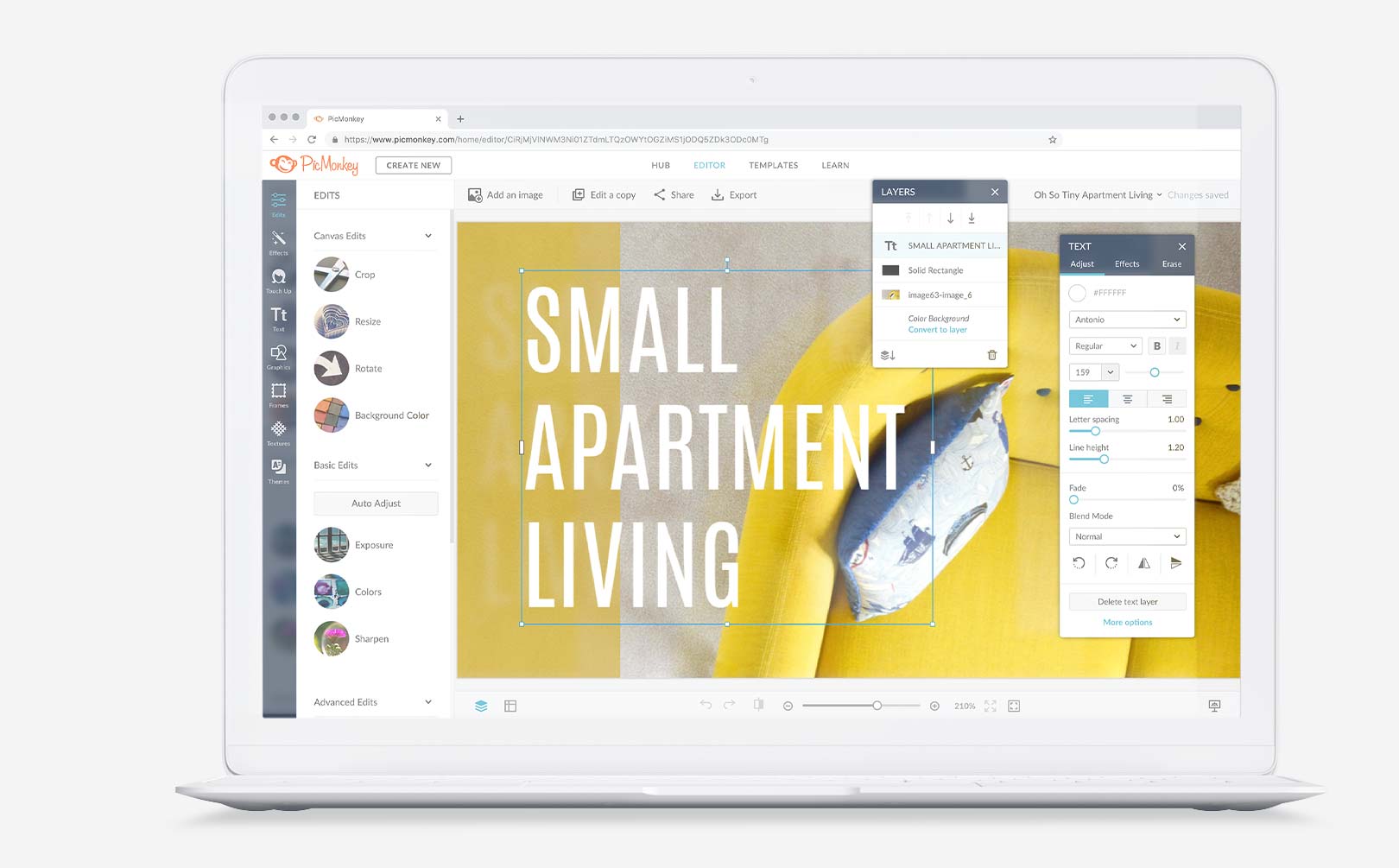
PicMonkey’s online image editing platform
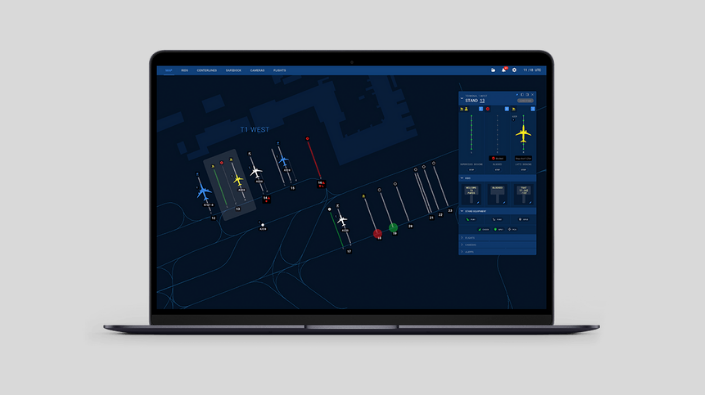
Custom Web Client for an Airport Apron Management System
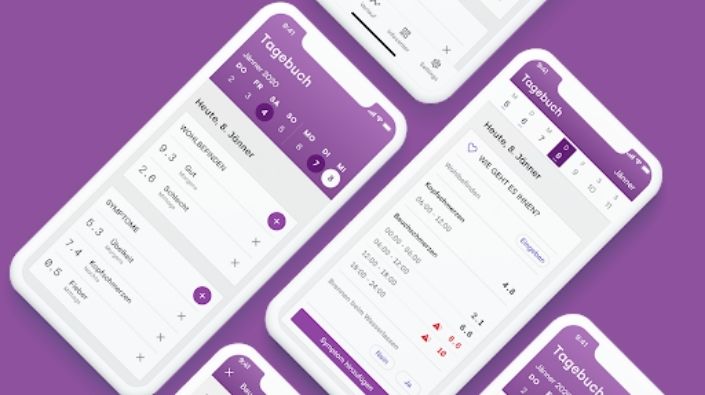
MVP Upgrade and UX redesign for a Medtech company
On a final note
Is legacy system holding back your business?
Unlike old wine and vintage cars, an old and outdated
IT system is nowhere as classy and cool. Turn this
liability into an asset by timely considering and
implementing legacy system modernization.






